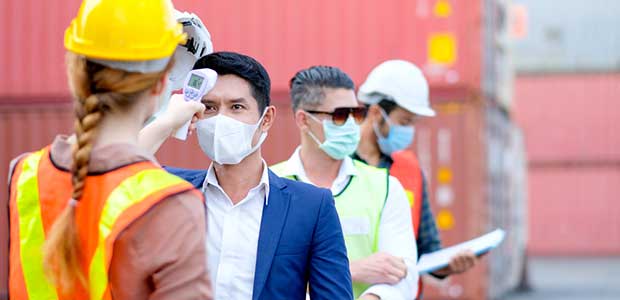
The U.S. Department of Labor’s OSHA announced it will expand inspections to reduce job-size hazards related to coronavirus across the country, but many are saying the policy falls short of demands by worker advocates.
As we begin to think more seriously about disinfecting and cleaning our work and home spaces, it’s important to remember that many cleaning products—especially bleach—pose some serious health hazards. Understand how to safely use bleach with these five tips.
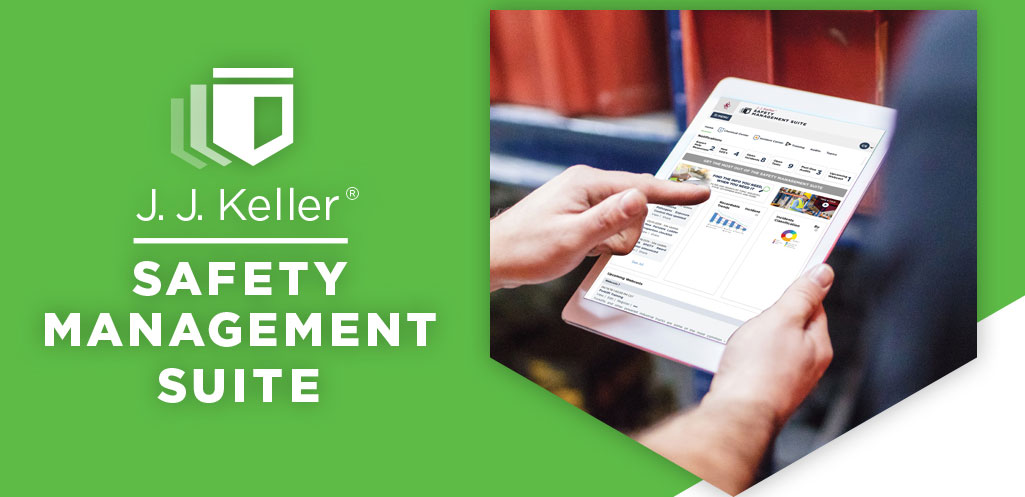
SPONSORED
Following the regulations and staying in compliance are important, but we know you want to go beyond minimum requirements to keep your employees safe. Some regulations have numerous training and employee information requirements, while others have none. Are you covering everything? And what does it take to go above what’s required?
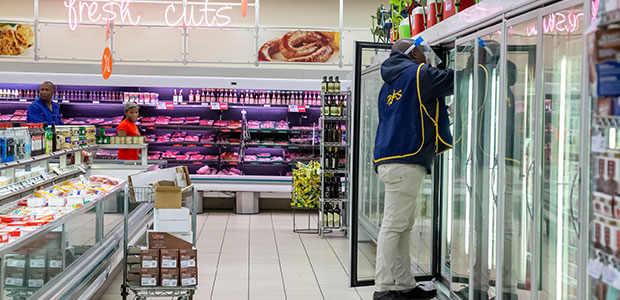
Mental health resources are important for any worker, but during this pandemic, essential workers have needed support more than ever. Many think that for essential workers, the serious need for mental health care may long outlast coronavirus.
Every year, the month of June is dedicated to protecting workers on and offsite. This year, National Safety Month will cover worker mental health, ergonomics, building a safety culture and driving—among other topics. Find out what you’re missing!
Workers in office buildings may be at risk for exposure to COVID-19, so ensuring that the building is safe and prepared for in-person work is crucial for the safety of employees. See what the CDC recommends for your office building.

Using time tracking software and video conferencing software can help to keep your remote workforce in check, and your options are many.
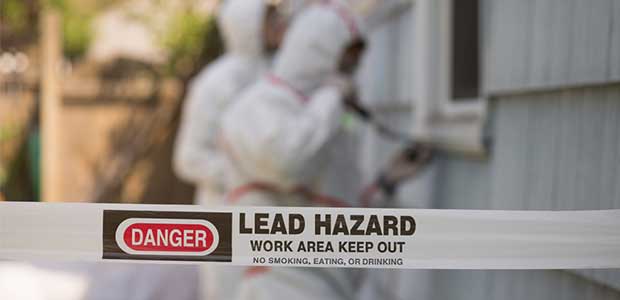
Lead poisoning in the workplace is not only deadly for workers but can also mean legal repercussions for your business.
At the Virtual AIHce EXP 2020, the American Industrial Hygiene Association unveiled that its brand evolution—titled simply AIHA—will now be tailored to help specifically occupational health and safety science professionals, rather than industrial hygienists. Read the press release below.

Staying healthy amid the many different nuances the pandemic has brought to fruition can be especially tricky for those who live with heart conditions. Fortunately, heart health can be managed successfully at home .
The COVID-19 pandemic has taken its toll on nursing homes around the country. Not only are many elders falling ill, but many nursing home and care workers are trying to mitigate the responsibilities of their job and others’ safety.
The U.S. Department of Labor’s OSHA announced the availability of millions of dollars in grants for nonprofit organizations, employer associations, labor unions, joint labor/management associations, Indian tribes and colleges and universities. Apply by July 20, 2020.

Electricity is part of our daily lives, and it’s important to understand the hazards it poses.
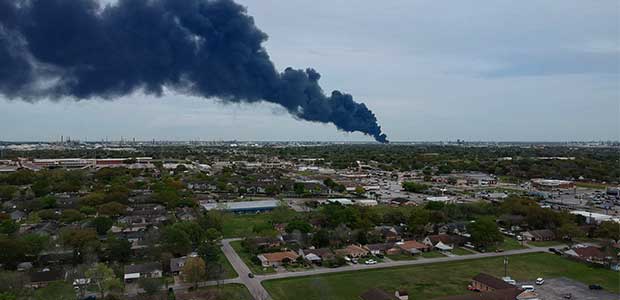
Unfortunately, explosions are a real hazard for the petrochemical industry. Luckily, new technology allows communities to detect the right gases in record time.
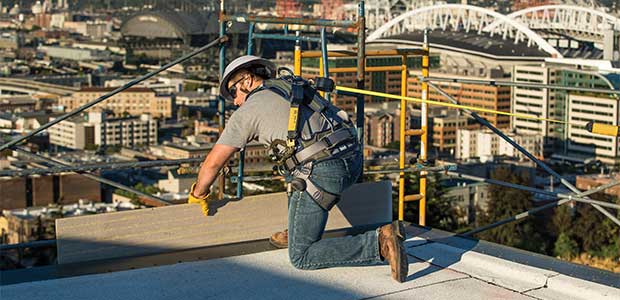
A well-designed full body harness will disperse any remaining energy in a safe manner to the strong and durable areas of the body.

Area monitors are the latest safety technology to join the cloud-connected digital transformation.

Facilitating an effective and sustainable ergonomics process does not have to be pen-and-paper, old-fashioned and outdated.